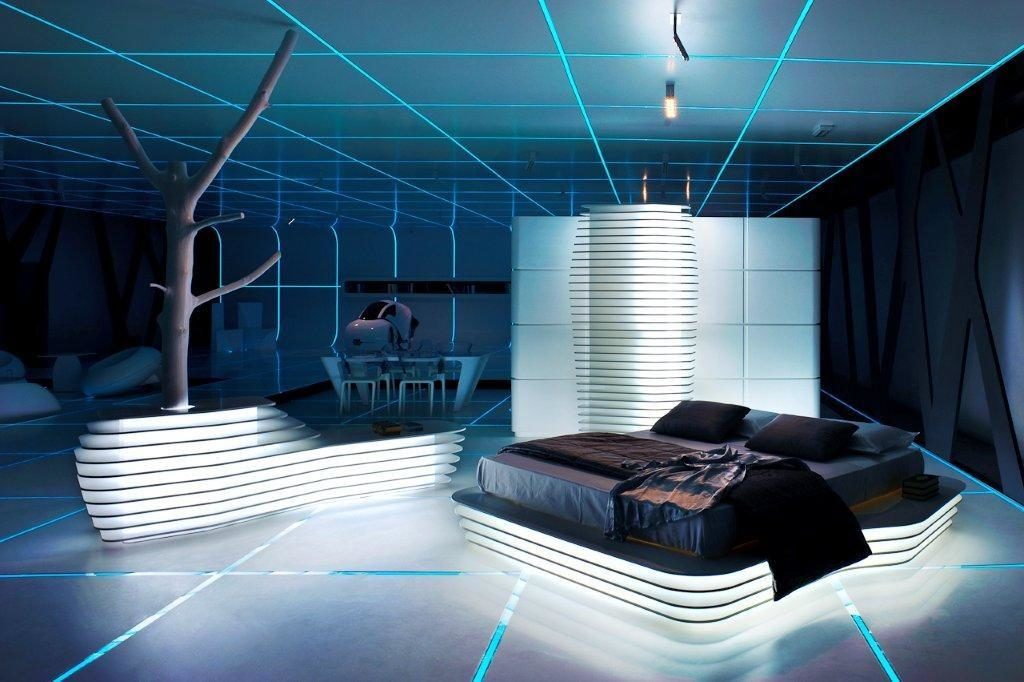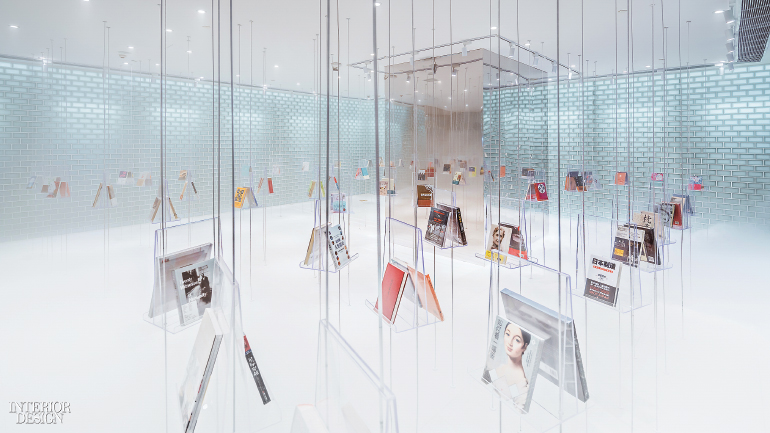Space planning describes the process of determining the purpose, functional requirements, and basic layout of specific areas in a home or commercial building, and it is an essential part of the interior design process. Successful interior design involves a lot more than just placing a few attractive pieces in the room. One needs to consider the available space, layout, type of furniture and design style, among other things to create a well-composed room.
The aim of an interior designer is to craft a space that is not just visually appealing but also comfortable and practical. As indoor spaces are increasingly valued as assets, they play a pivotal role in the realm of interior design. Space planning is the first and the most important part of interior design. Space planning means the placement of every piece of furniture and article perfectly. A few important points are taken into consideration while doing the space planning of any part of the interior.
A successful interior designer prioritizes understanding their client’s vision. For instance, if a client desires a cozy and inviting room, the designer must plan the space accordingly. While each room may have a main purpose, additional functionalities need to be considered to truly achieve that goal.
Science fiction movies, with their visions of time travel, space exploration, digital utopias, and parallel universes, serve as a springboard for futuristic interior design. This modern design style embraces sleek metallics, sweeping lines, and a monochromatic palette, creating a space that feels both sophisticated and forward-thinking.
However, with the continuously growing demand for space, prices per square foot of property continue to rise. Despite space constraints sometimes hindering designers, a trend towards ultra-modern and hi-tech aesthetics is permeating various artistic disciplines. We see this in painting, sculpting, ceramics, interior design, theatre, literature, music, and even architecture. This futuristic influence is shaping the way we create and experience art across the board.
Though there can be ideal spaces for each part of the house, everyone has different tastes and particular visions on what their dream space should be. The client might want a large bathroom, and perhaps another one just wants a narrow storage room. Ultimately, the space allocation is driven by the client’s vision for their interior’s functionality and style. Smart space planning with a futuristic outlook creates homes and buildings that are both beautiful and functional.
Conclusion:
Futuristic space planning isn’t just about flashy gadgets; it’s about creating adaptable, functional, and personalized living environments. By embracing innovative technology, maximizing space, and prioritizing well-being, we can design homes that seamlessly integrate with our lives. Embrace these concepts and unleash your creativity to design a space that reflects your unique lifestyle and prepares you for the exciting possibilities that lie ahead.
Want to learn more about incorporating futuristic elements into your own space? click here for free design consultation!


